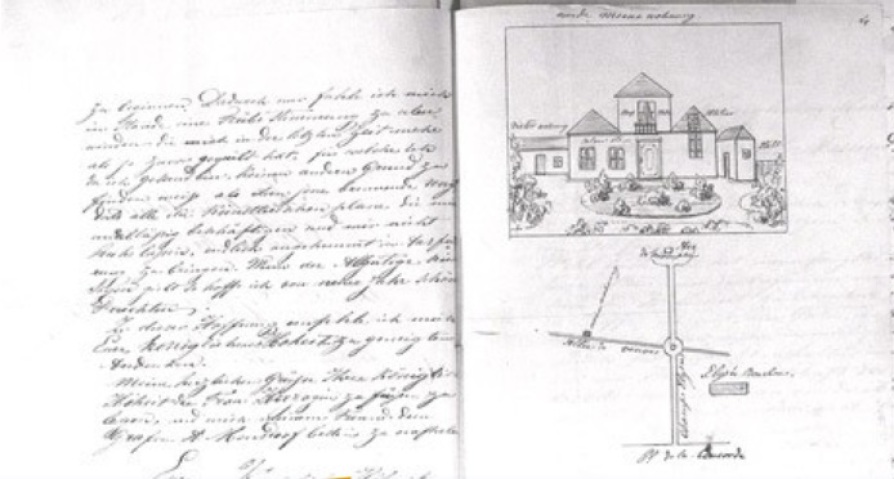<< New text
box >>
Coming from a family of freedom fighters, Raden Saleh confuses the Netherlands with his talent
<< New te
xt box >>
Jakarta - Telling the life story of his great uncle, Raden Saleh Syarif
Bustaman, seems to make Dr. George H. Hundeshagen excited. To detikHot via electronic mail on Thursday (29/8/2013), he explained a bit of the maestro's story.
"Raden Saleh lost his father when he was very young. He also left his
country when he was still a teenager," said George.
According to George, Raden Saleh was very happy when he was in mainland
Europe. Because here he was accepted as an artist. "It was quite a difficult thing to do, under colonial rule at the time."
George himself researched Raden Saleh through many modes, one of which
was by collecting Raden Saleh's letters. He now has around 95 of Raden Saleh's letters in his possession and he plans to turn this collection of letters into English and Indonesian
books.
"But it will be very time consuming, because it was written in German in
the 19th Century, which is difficult to translate. Because some of the expressions no longer exist."
George also sent detikHOT a digital version of a letter from Raden Saleh
addressed to his friend. He wrote this while in Paris, on December 27, 1845.
"What's interesting about this letter is that he attached a sketch of his
house in Paris, complete with an explanation. This house is near the famous Champs Elysées street, but now of course the house is no longer there," explained George.
George also explained about Raden Saleh's close relationship with the Dutch
colonialists. First he explained about his family history.
Two cousins of Raden Saleh Syarif Bustaman, named Raden Sukur or his real
name Raden Panji Adi Negara, also named Raden Saleh alias Arya Natadiningrat are the sons of the Regent of Semarang Kyai Adipati Suryamangalla or Suraadimanggala. Both of them went to war with Prince
Diponegoro.
Because of this the father and brother of Raden Sukur were arrested by the
Dutch in 1825. They were imprisoned in the 'Maria van Reygersbergen' prison then sent to Surabaya and put into the 'Pollux' prison.
After that they were exiled to Ambon and Sumenep. Until Kyai Adipati
Suryamangalla, died there on July 20, 1827. Raden Sukur, who continued to be loyal to Prince Diponegoro, was finally arrested on July 26, 1829.
"As you can see, our family has suffered a lot. Because of their loyal
support for Prince Diponegoro and his noble cause. They were also considered a disgrace by the Dutch colonial powers," said George.
But the Dutch government itself did not know what to do with Raden Saleh.
After Raden Saleh left for the Netherlands, his success as a painter began.
For George, there is an inner turmoil in Raden Saleh which is reflected in
his works. "He depicts ships at sea being hit by storms, even shipwrecks. These paintings reflect the inner turmoil and great suffering of the Dutch occupation of Java," he said.
In George's view, his great-uncle proved through art that Java and the
Netherlands were equal in painting technique. "He brought himself to the same level and allowed him to see the same level as colonial powers."
However, according to George, there are many versions and misunderstandings
about Raden Saleh, because Raden Saleh, who was fluent in five languages, stepped on the stage of Javanese cultural and social modernization too early. He proved that the Javanese could excel
technique in European culture.
Raden Saleh's painting was also the first to be used as a topic of
representation, interpretation and commentary in the Southeast Asian art family.
Raden Saleh is the first Southeast Asian artist to confidently stand at the
forefront, on par with the political elite. "This is a modern attitude. It's a precondition for a new era, a prerequisite for modernity," said George.



